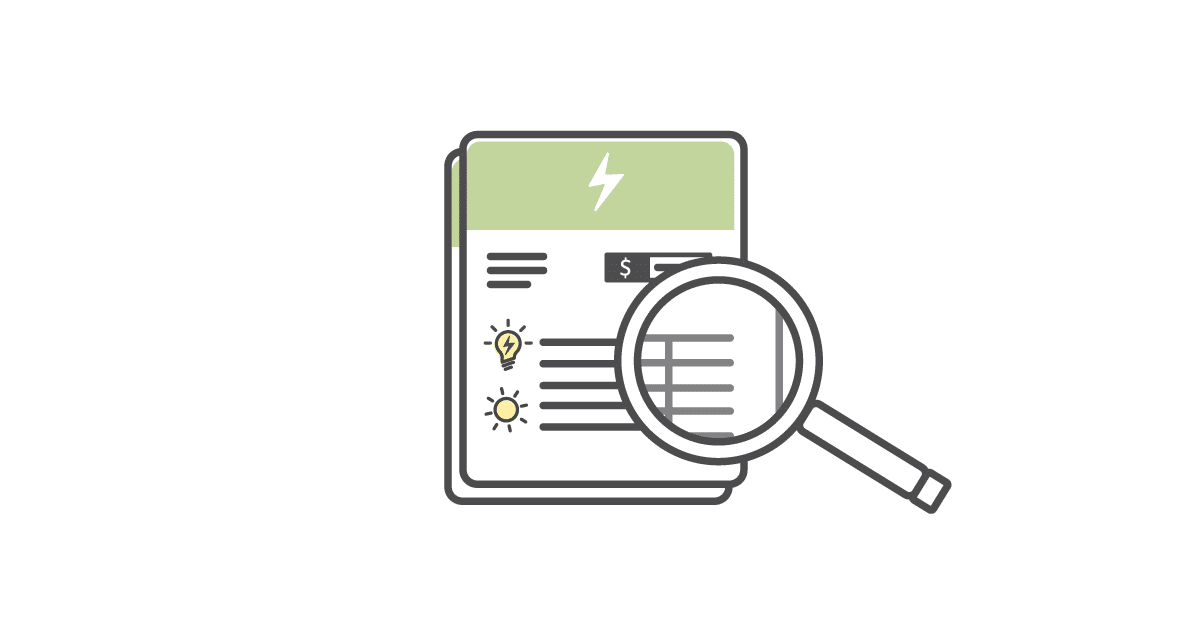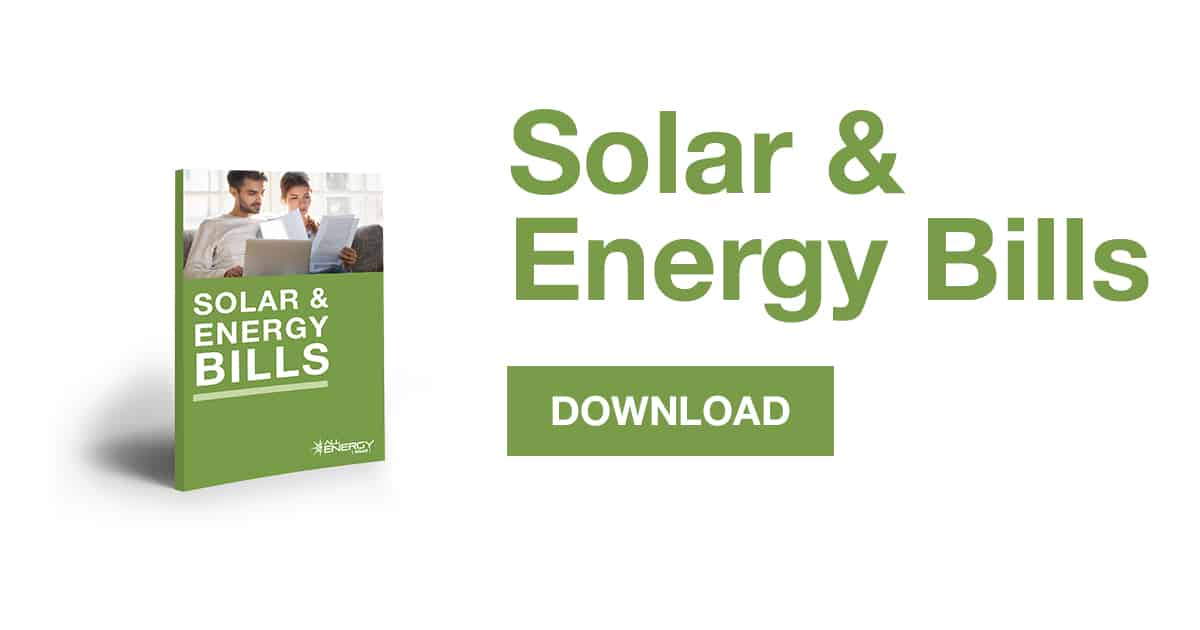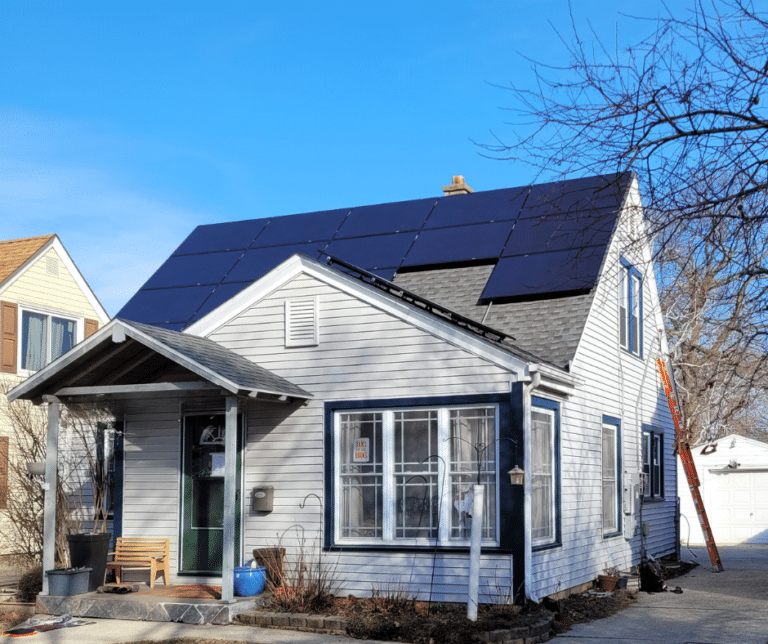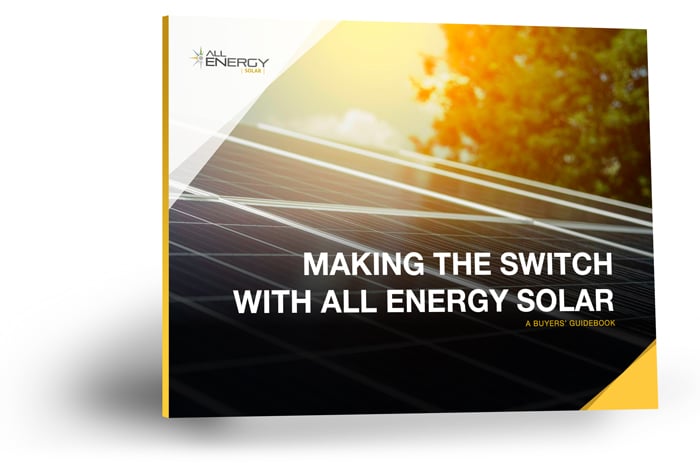Now that your solar panels are producing clean, renewable energy, there are a few items on your monthly utility bill that you may want to pay attention to depending on what state and local programs apply to your solar installation.
 It’s not uncommon for the everyday solar user to produce more energy than they consume, in fact, around 20-40% of collected solar energy goes back into the grid. Your monthly utility bill should reflect the energy used and produced by your home or business and reported through your utility meter located on your property. In addition to your utility meter, there are online tools that can help you directly monitor the energy you’re producing and using so you can compare it with your monthly utility bill.
It’s not uncommon for the everyday solar user to produce more energy than they consume, in fact, around 20-40% of collected solar energy goes back into the grid. Your monthly utility bill should reflect the energy used and produced by your home or business and reported through your utility meter located on your property. In addition to your utility meter, there are online tools that can help you directly monitor the energy you’re producing and using so you can compare it with your monthly utility bill.
Depending on your state and local utility, you may qualify for one of the following programs based on you solar production documented on your monthly bill:
Net-Metering
During peak performance time, your solar PV system may produce more electricity than you need. Excess electricity produced by your system is fed back to the utility grid, and your meter runs in reverse. During months when your production exceeds your consumption, your utility bill will show a credit based on the kilowatt-hours you gave back to the grid versus what you consumed.
Cash-rebates
Some state and local governments and some utility companies offer cash-based rebates for solar installations. Rebates are typically a one-time payment to qualifying system owners based on the system’s size or actual production. If your program is based on actual production, you can see if you are on track to receive a rebate based on your monthly utility bill.
Solar renewable energy certificates (SRECs)
Legislation in some states requires utilities to generate a certain percentage of their electricity from renewable sources such as solar. If you live in one of these states, your system will generate solar renewable energy certificates (SRECs) based on the amount of energy your solar photovoltaic system produces. To meet the state’s SRECs requirement, many utilities will buy these credits from the system’s owner. If you’ve installed a qualifying system, and your utility offers a buy-back program, there is a good chance that you may earn hundreds of dollars more per year in income.
Performance-based incentives (PBIs)
Some states offer performance-based incentives (PBIs), which pay the owner of qualifying solar photovoltaic systems a per kilowatt-hour credit for the electricity that their systems produce. For example, IN Minnesota Xcel Energy’s Solar Rewards® program pays $0.07 per kWh produced by a residential solar PV system and $0.06 per kWh produced by a commercial solar PV system over ten years. Generally, PBIs are paid via check on an annual basis depending on the billing cycle which may vary by provider. PBI programs may replace or exist alongside net metering policies so you’ll want to make sure of what is available and what you qualify for.
When you choose to install solar panels on your roof or property, you choose to take
advantage of a myriad of benefits made available to you.
Download our eBook, Solar & Energy Bills, and find out how you can save more by simply understanding how you’re being charged for your energy consumption.



